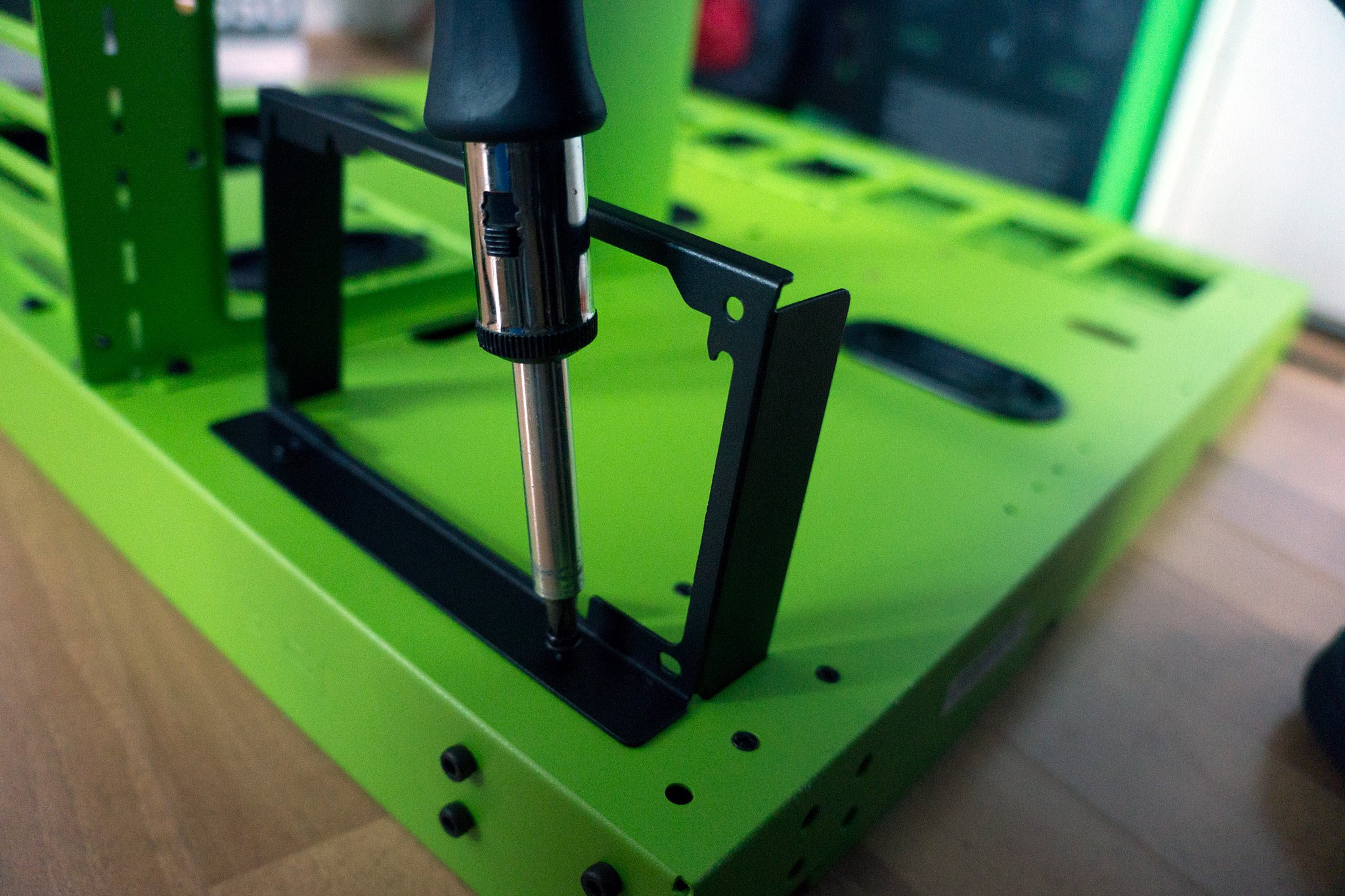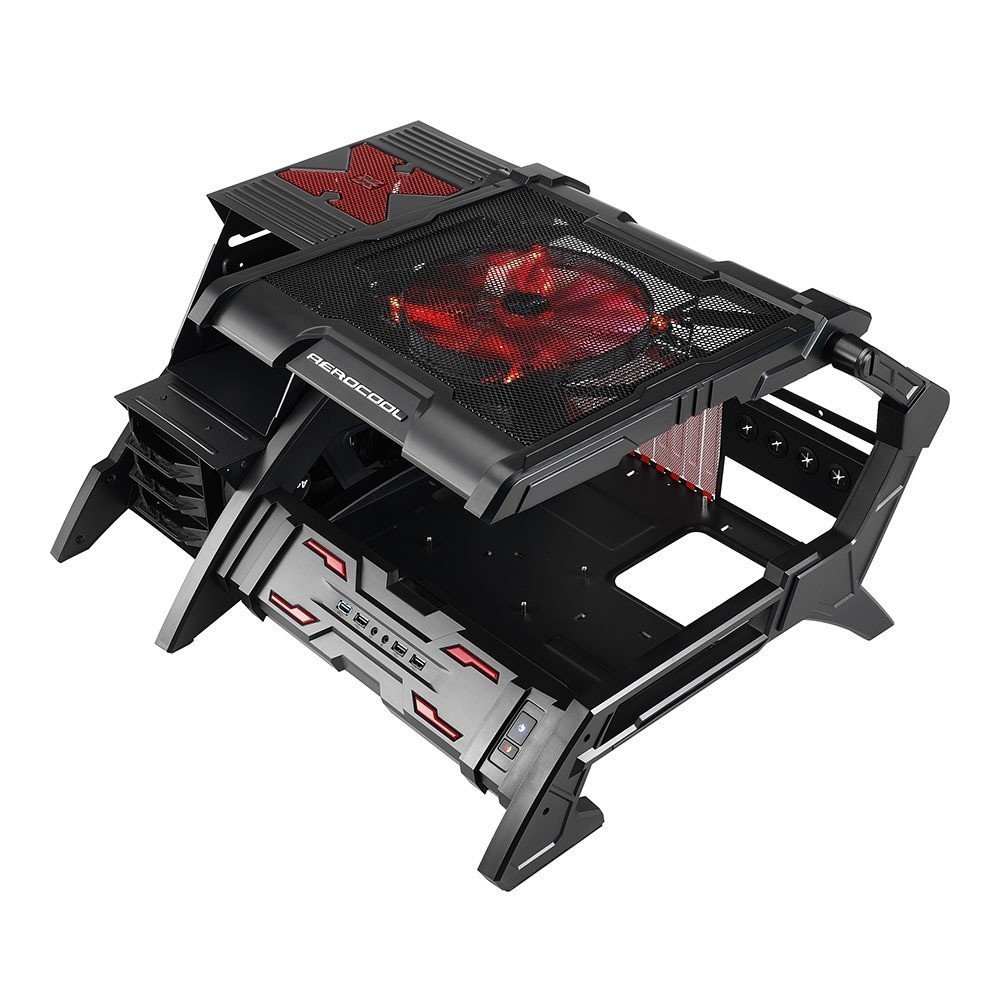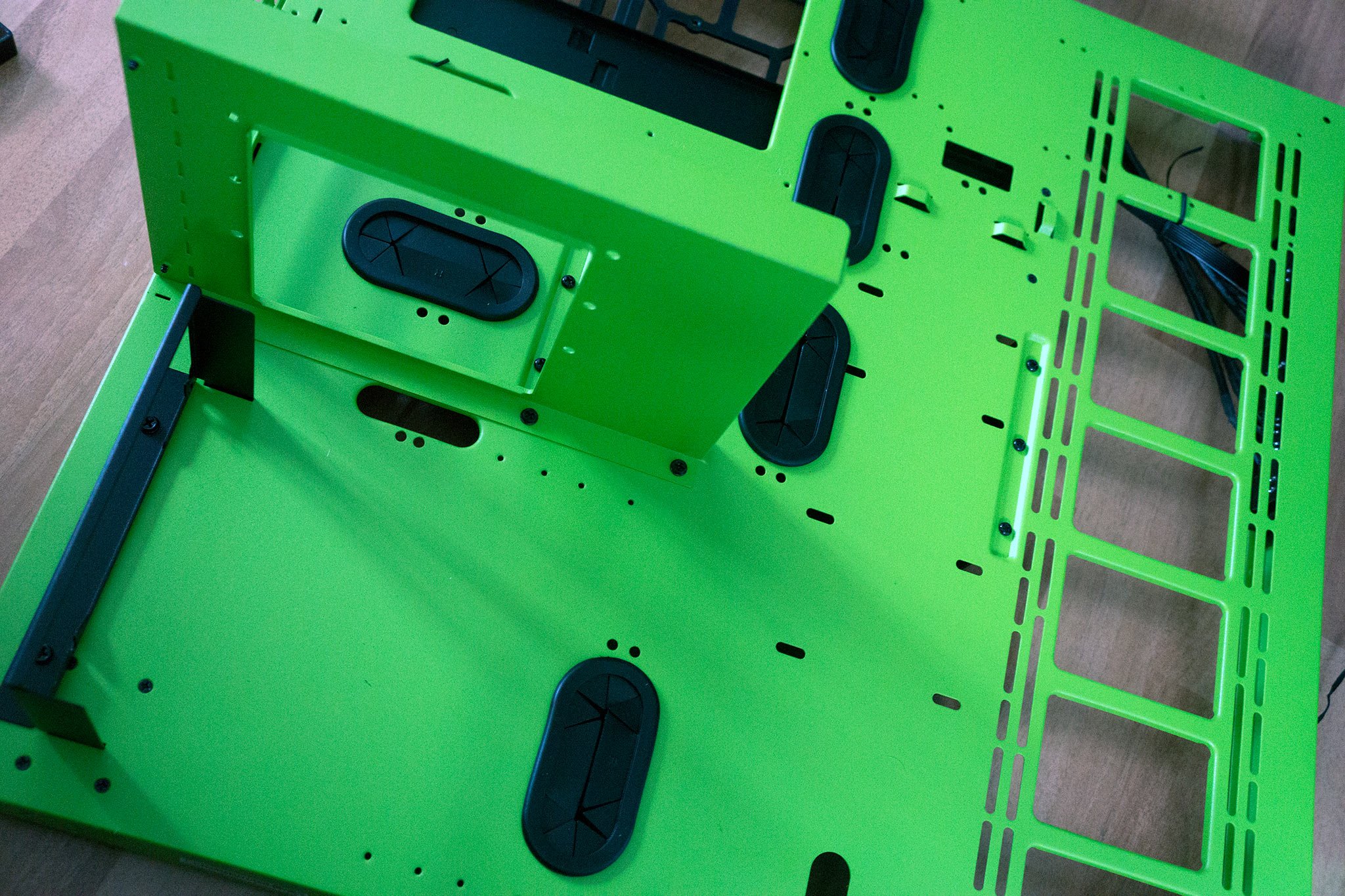Should you buy a PC test bench case or build one?
Test bench cases are ideal options for PC builders who want to frequently switch out hardware without having to tackle countless screws, panels and more. But should buy one or build your own?

There aren't many PC test bench cases available today, because consumers generally enjoy putting together full tower cases and taking advantage of unique designs. Thus, the ones that can be purchased tend to be expensive. We're not talking $30 or $40 but somewhere in the $100 region. That's a lot of money to spend on a case that essentially has less metal and protection for components. The other option is to go the do-it-yourself (DIY) route.
Pre-built PC test bench

There are a handful of cases from different manufacturers that would allow for convenient access to internal components. But as mentioned, you're looking at a hefty price tag, starting from around $50 for a stable construct, and even then you're not getting the absolute best in case construction and quality. Here are a few examples:
- HighSpeed PC Half-Deck Tech Station.
- DIYPC Alpha-DB6.
- AeroCool StrikeX-Air Black/Red.
- Thermaltake CORE P3.
- Lian Li PC-T60B.
The main advantage of pre-built, open air test benches is that they're designed to be put together and used immediately. There's no time spent measuring components, heading to the local DIY store for materials, or an investment in power tools should you not have an equipped workshop.
If you're not an experienced system builder, a pre-built system is generally out recommended option, and this is no different with test benches. Manufacturers also have years of experience with designing and producing PC cases so you know the test bench you purchase will not only look good but will be functionally adequate.
DIY PC test bench

If you'd rather not part with $150 for a test bench case you could create your own. All you'll need are some tools, the know-how and an affordable (or spare) case you're willing to use as a project. This route will require planning, measuring, and steady hands. You might need to cut through metal, drill out rivets, screw or glue materials together, and put that inner creativity to good use.
This path requires experience with building PCs and confidence with working on electronics in an unknown environment. There's no handy manual that will walk you through your new project. Some of the things you need to take into account:
- Where to install the Power Supply Unit.
- How SSDs and hard drives will be attached to the bench.
- How you'll go about keeping the system cool.
- Whether you'll simply short out the power button connectors or attach your own buttons.
We're currently taking apart the NZXT S340 in an attempt to transform the attractive ATX mid-tower case into a test bench. Stay tuned for progress updates on whether we're able to succeed, and the end result. If you have the time, equipment available, resources and patience, building your own test bench is a great DIY project, which will also save you money.
Get the Windows Central Newsletter
All the latest news, reviews, and guides for Windows and Xbox diehards.

Rich Edmonds was formerly a Senior Editor of PC hardware at Windows Central, covering everything related to PC components and NAS. He's been involved in technology for more than a decade and knows a thing or two about the magic inside a PC chassis. You can follow him on Twitter at @RichEdmonds.
